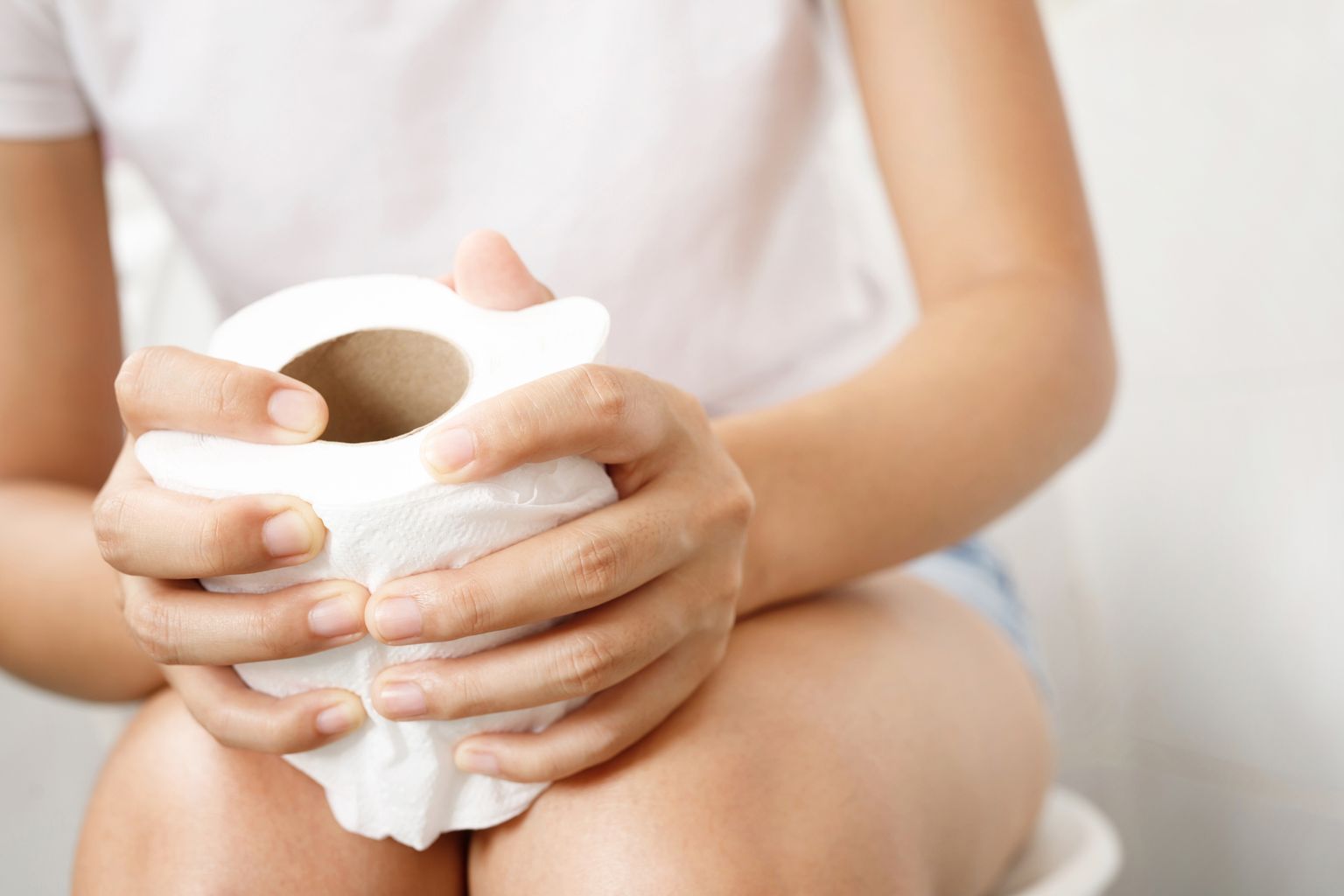Surgical interventions are only used in rare cases of constipation symptoms. If the constipation is triggered by opioids, an attempt at therapy with peripherally acting opioid antagonists (PAMORA) is recommended.
The indication for therapy usually depends on the level of suffering of the person affected. If the constipation is secondary to a disease such as diverticulitis, Crohn's disease or haemorrhoids, the disease must be treated first and foremost.
General measures for chronic constipation:
Measure | Level of evidence |
Education about stool frequency | Recommended |
Time for toilet visits | Recommended |
Eating breakfast | Recommended |
Adequate fluid intake | Recommended |
Further increase your fluid intake | Not recommended |
Increase physical activity | Possibly effective |
Trial treatment with dietary fiber | Recommended |
Nutrition
Breakfast greatly increases the motor activity of the colon. The colon also works more intensively after getting up, so breakfast followed by a visit to the toilet is recommended. Increasing the normal amount of fluids to 1.5 to 2 liters has no additional therapeutic effect on constipation. However, if there is a fluid deficit, this should be compensated for.
Before treatment with laxatives, the administration of dietary fiber should be tested. If the symptoms then subside, there is no need for further diagnostics. Foods that increase stool volume include wholegrain products, wheat bran and psyllium husks. Fruit, vegetables and especially salads, on the other hand, contain less effective fiber. However, special types of fruit (e.g. prunes) often contain a large amount of sorbitol, which in itself has a laxative effect. Milk sugar (lactose) in the form of milk or powder also has a laxative effect if the intestinal capacity for lactose absorption is exceeded.
Treatment of pelvic floor dyssynergia
If various nutritional measures succeed in increasing the volume of stool, there is no more straining or paradoxical contraction of the sphincter muscle. The "operating disorder" can also be trained away by explaining the sphincter function to those affected and practising pressing with relaxation of the sphincter muscle during digital palpation. Even more effective is so-called "biofeedback training", which is carried out at home using special equipment.
Laxatives (laxatives)
The dose and frequency of most laxatives depend on the needs of the patient. The aim is always a soft and formed stool that can be defecated without straining. Limiting the duration of intake is often unjustified. If an active ingredient is poorly tolerated or does not have a sufficient effect, it should be changed to another class of active ingredient. Newly developed substances are not superior to older active substances. If necessary, a combination of preparations from different classes can also be successful.
Oral laxatives
The term saline laxatives refers to magnesium hydroxide, Glauber's salt, Epsom salt and Carlsbad salt. These salts are poorly absorbed by the body and therefore have an osmotic effect. Due to their unpleasant taste, they are not suitable for long-term administration, with the exception of magnesium hydroxide. Caution is advised in patients with cardiac or renal insufficiency, as the salts are absorbed by the body to a certain extent during therapy.
Macrogol is a synthetic, non-bacterially cleavable dietary fiber with a high molecular weight (3350-4000). It binds water when used and thus leads to a laxative effect. As macrogol cannot be broken down, it does not lead to gas formation in the intestine. Adding electrolytes to macrogol does not offer any advantages, but greatly impairs the taste and therefore the acceptance of those affected. The recommended daily dose is around 10 - 30 g.
Small intestinal enzymes can only break down disaccharides and sugar alcohols into monosaccharides to a limited extent or not at all, which is why they have a laxative effect. In contrast, the absorption capacity of sorbitol in the intestine is limited. However, substances such as lactose or lactulose are further processed by colon bacteria, whereupon they lose their ability to bind water and therefore have a less pronounced laxative effect. Particularly with a slow intestinal transit, this results in a strong transformation of the substances. Many sufferers also find the formation of gas or the sweet taste(lactulose) disturbing. The daily dose is 10 to 30 g.
The prokinetic prucalopride acts via the 5-HT4 receptor (serotonin receptor) and is used in patients who respond poorly to other measures. The dose taken once a day is usually 1-4 g.
Other oral laxatives include bisacodyl, sodium picosulphate or anthraquinones.
Side effects of oral laxatives
All laxatives commercially available in Europe can be considered safe and can also be used long-term if the correct dosage is taken. Electrolyte loss can sometimes occur with long-term use and increased dosage, although electrolyte loss is not to be expected with a normal dosage. With a reasonable dose, hypokalemia does not usually occur, although this side effect is often warned of in the literature. Some patients report a slight habituation effect in relation to the laxative effect of oral laxatives and therefore occasionally change the preparation or another class of active ingredient.
Rectal therapy options
Whether rectal or oral laxatives are used often depends on the individual preference of those affected. Rectal treatment options for constipation include enemas, saline clysters and various suppositories (e.g. containing glycerine or bisacodyl). The rectal treatment options have a short onset of action and are easy to control. They can be used particularly well for defecation disorders.
Surgical interventions
Removal of the colon (colectomy) with retention of the rectum should only be considered in cases of severe slow-transit obstruction refractory to therapy and/or idiopathic megacolon. All disorders with reduced motility of the stomach and small intestine must also be excluded first.





